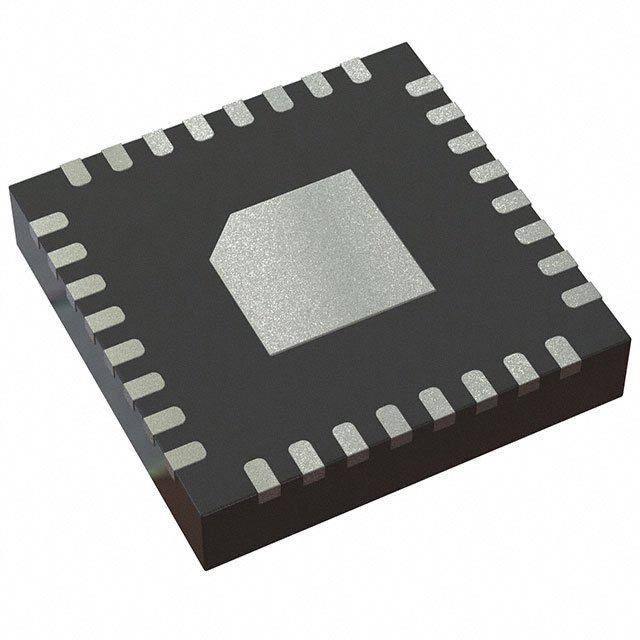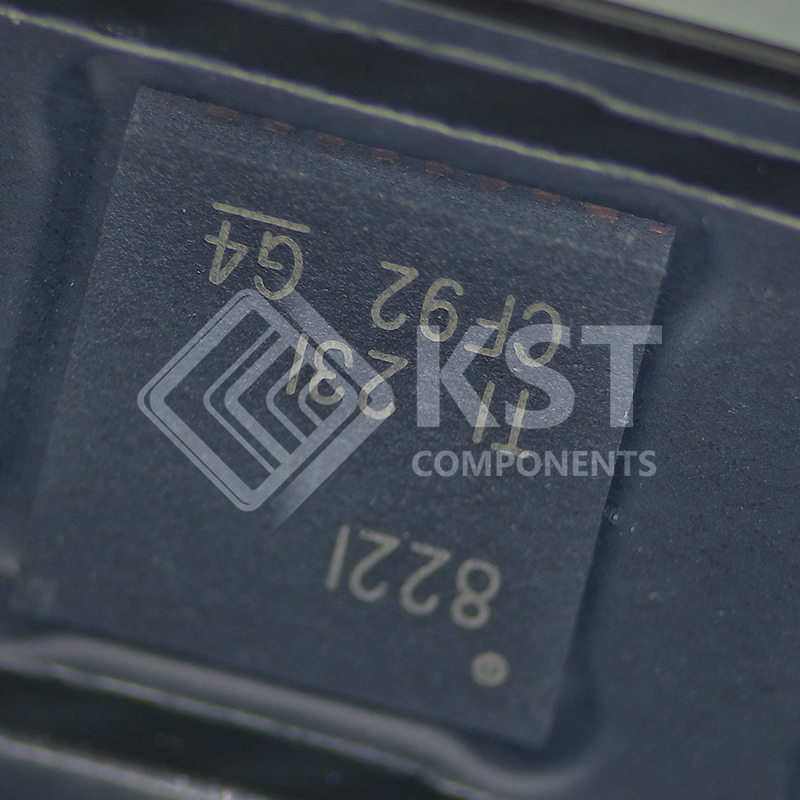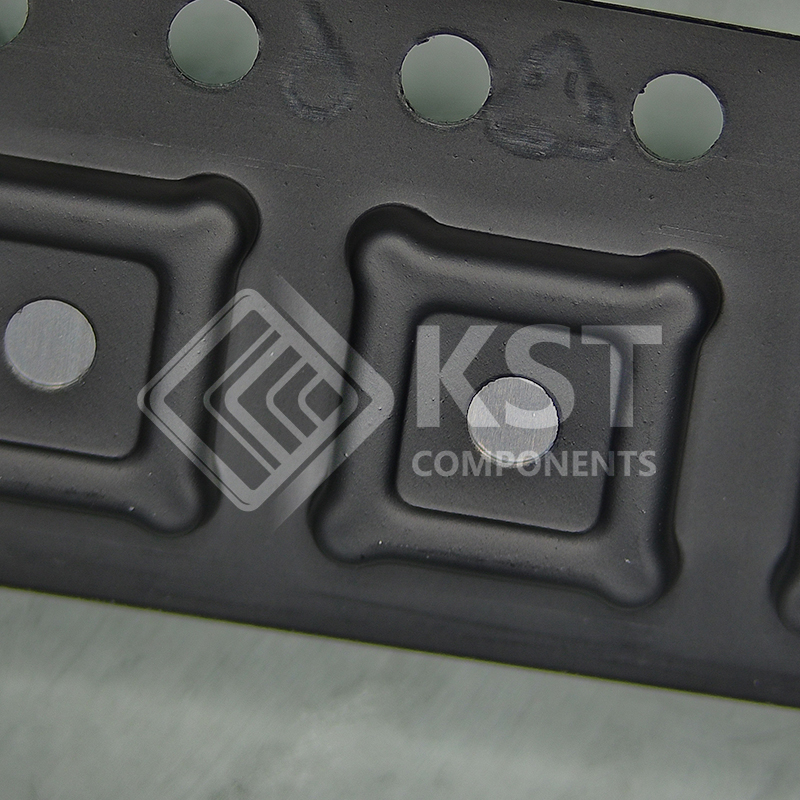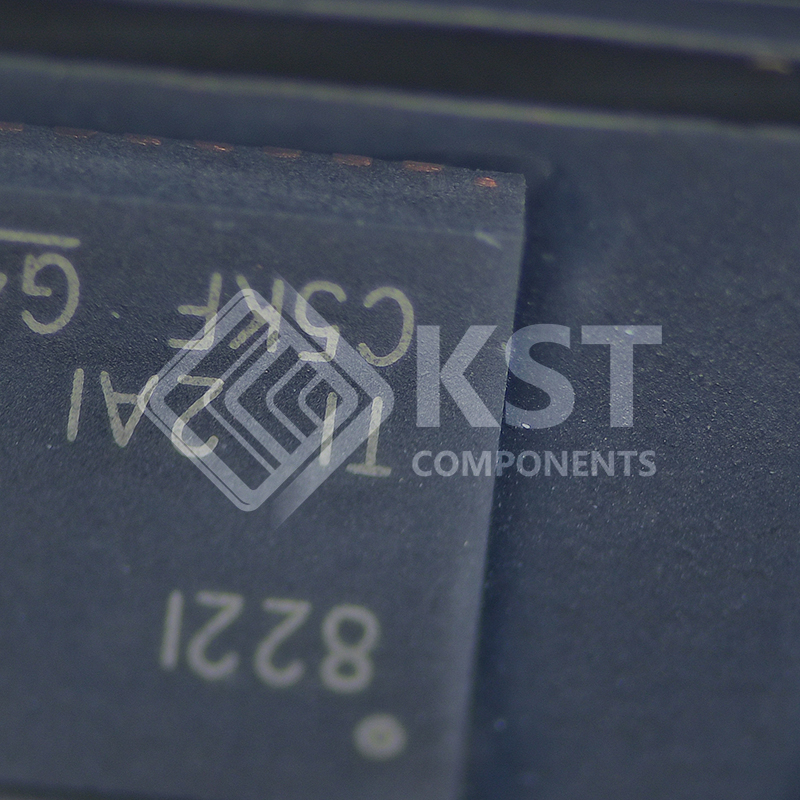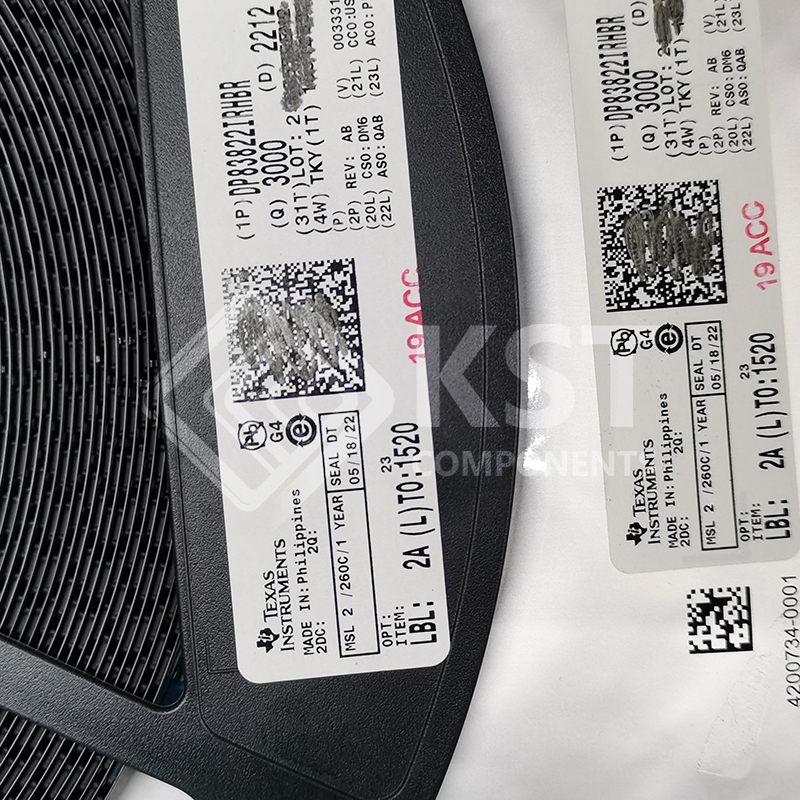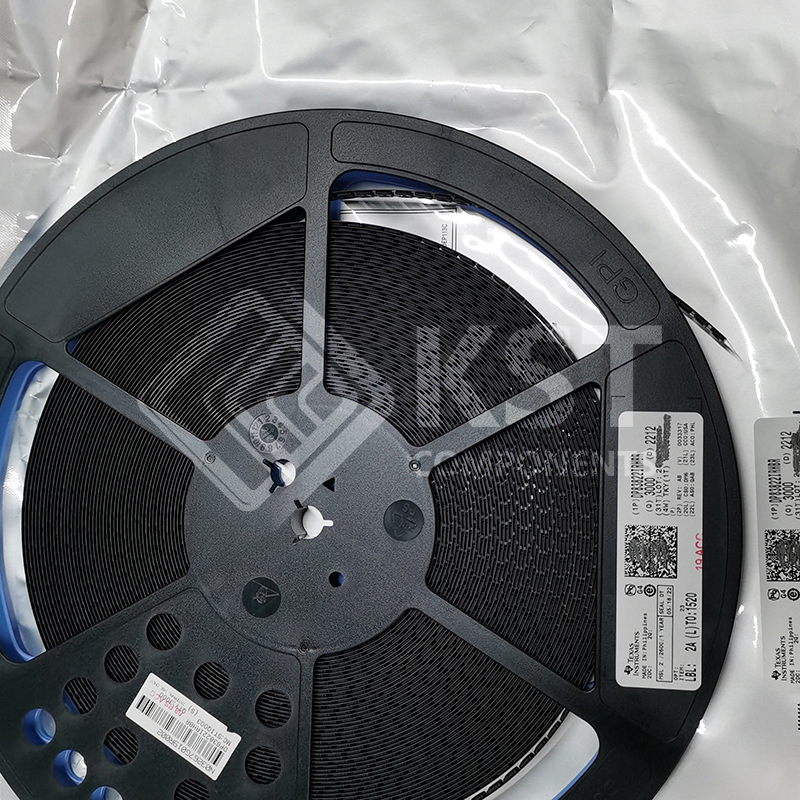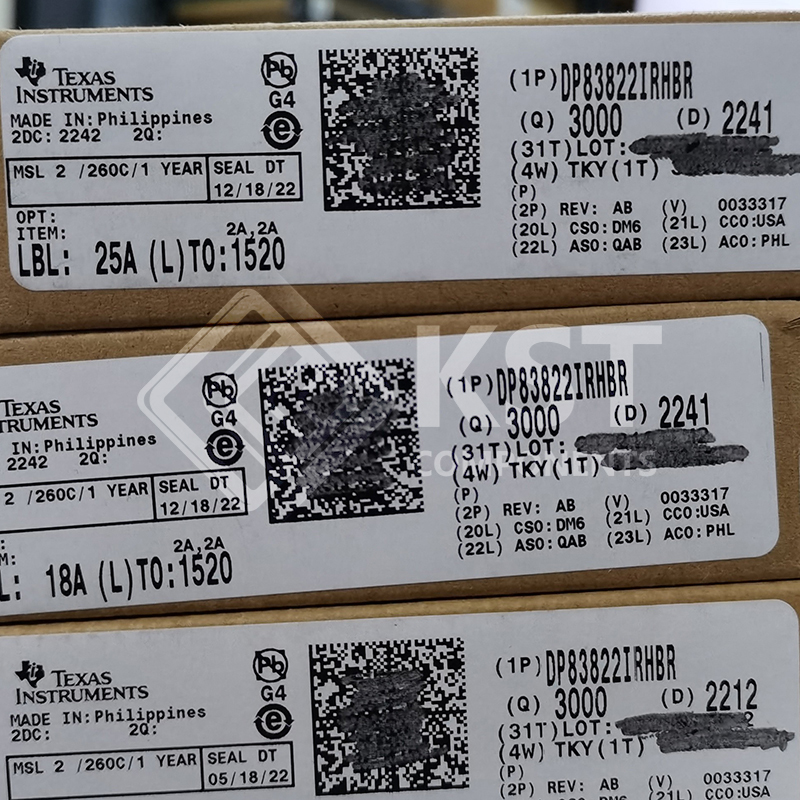• Ultra-robust 10/100Mbs PHY
– IEC 61000-4-2 ESD: +/- 8KV contact discharge
– IEC 61000-4-4 EFT: Class A at 4KV
– CISPR 22 conducted emissions: Class B
– CISPR 22 radiated emissions: Class B
– Operating temperature: -40C to 125C
• MAC interfaces: RGMII / RMII / MII
• IEEE 802.3u compliant: 100BASE-FX, 100BASETX and 10BASE-Te
• Flexible supply options
– Low power single supply options
• 1.8V AVD < 120 mW
• 3.3-V AVD < 220 mW
– Available I/O voltages: 3.3V/2.5V/1.8V
• Power saving features
– Energy efficient Ethernet (EEE) IEEE 802.3az
– WoL (Wake-on-LAN) support with magic packet
detection
– Programmable energy savings modes
• Start of frame detect for IEEE 1588 time stamp
• Diagnostic tools: Cable diagnostics, BIST (Built-in
self-test), loopback, rapid link-down detection
• Auto-crossover in force modes



